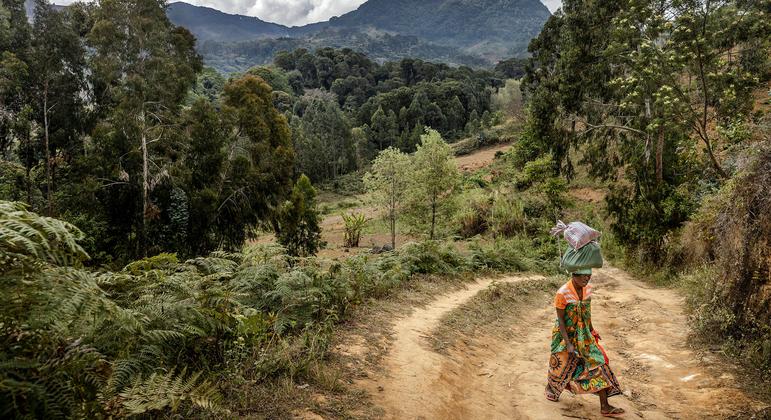Forests face increasing risk of wildfires and pests due to climate change


“Forests and trees are essential components of the agri-food system. The removal of forest cover, particularly in the tropics, raises local temperatures and disrupts rainfall patterns in ways that exacerbate the local impacts of global climate change, with potentially serious consequences for agricultural productivity,” the report warns.
The report is calling for innovation in the forestry sector along with urgent action from the international community to confront these challenges and move towards achieving Sustainable development goals (Sustainable development goals).
Forest fires and pests
Wildfires around the world are more intense and frequent than ever, even in areas that were previously unaffected. In 2023 alone, wildfires released an estimated 6,687 megatonnes of carbon dioxide.
Specifically, fires in the far north just south of the Arctic hit a new high in 2021 and accounted for nearly a quarter of all wildfire emissions, up from 10 percent previously. Food and Agriculture Organization speak.
Climate change is also making forests more vulnerable to invasive species, with insects, pests and pathogens threatening the growth and survival of trees. The pine tree nematode, a microscopic parasitic roundworm, has caused significant damage to native pine forests in several Asian countries.
Areas in North America are also predicted to suffer heavy losses from insects and diseases by 2027.
This deforestation is a serious threat because global demand for timber production is at a record four billion cubic metres a year. Forecasts show that global demand for roundwood could increase by as much as 49 percent between 2020 and 2050.
Furthermore, nearly six billion people rely on non-timber forest products and 70 percent of the world’s poor rely on wildlife to meet their basic needs.
Innovative solutions
FAO believes that science can help address these challenges and identifies five types of innovation that enhance the potential of forests to address global challenges: technological, social, policy, institutional and financial.
An example of such innovation is the use of AI to analyze data and creatively fund forest conservation.
Because innovation can create winners and losers, FAO is arguing for inclusive and gender-responsive approaches to ensure equitable distribution of benefits among men, women and youth across all socioeconomic and ethnic groups.
FAO Director-General Qu Dongyu hopes the new report will “scale up evidence-based innovation in forestry”.
“I believe it will also support FAO members and other stakeholders in facilitating responsible, inclusive and essential innovation in the forestry sector to enhance the sustainability and resilience of agri-food systems for a better world and a better future for all,” he added.




